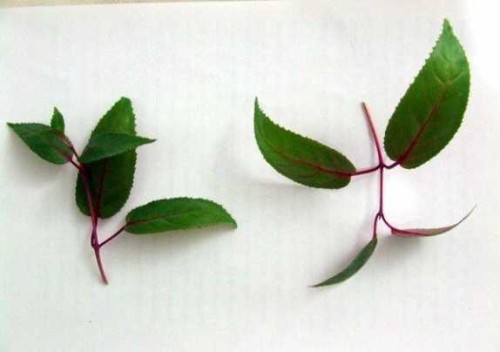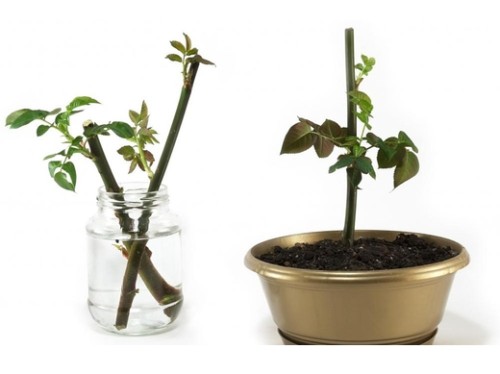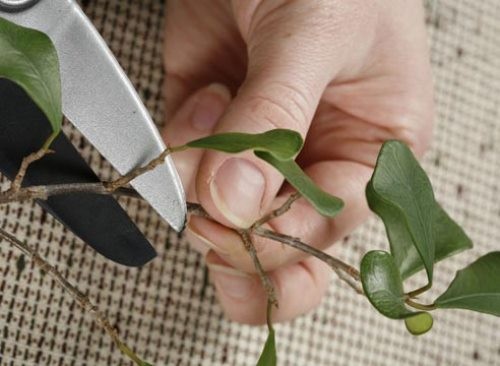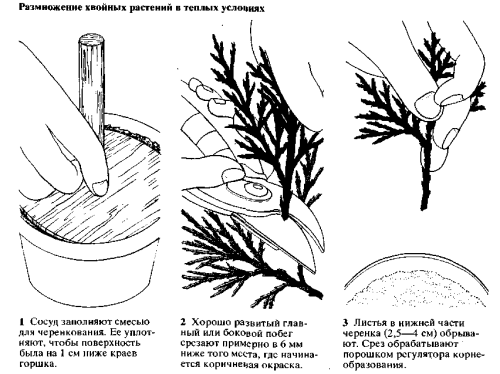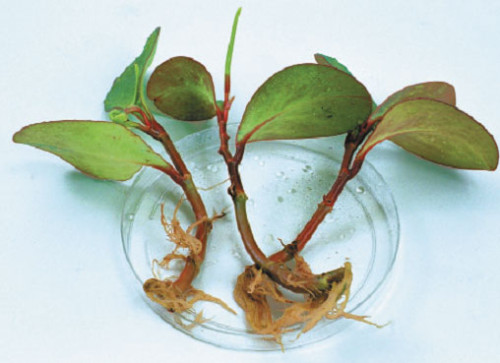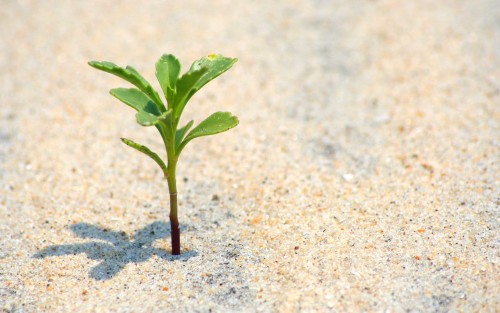
Stacking plants. Features of breeding cuttings Plot.
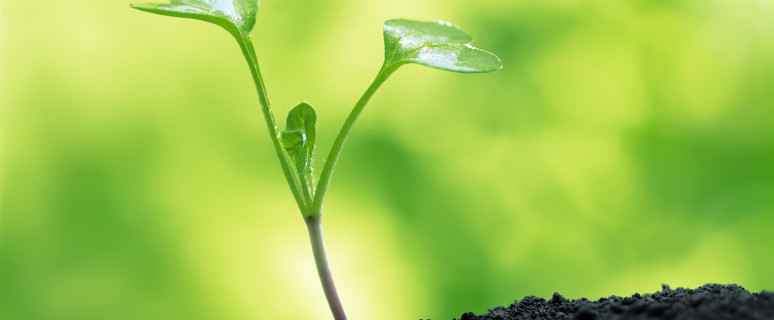
The skyline of plants is perhaps the most popular way to reproduce them. But the situation is relatively recently. Cheap and affordable materials began to appear about 1.5th century ago. This breeding method is quite effective, but at the same time demanding. It is especially difficult to maintain the viability of the cutting to its rooting. We will tell about the nuances and the specifics of the pavement.
Content
Basic principles of shuffling
This method is most reminiscent of the reproduction of the lesions, but unlike it, when soaring at home, the stem is separated from the parent plant, even if his root system did not have time to still be formed. To maintain the viability of the cutter, conditions are created in which he will not be able to put roots and grow in general.
To separate the cutting of the cutting plant, it is preferable to choose a plant that was formed relatively recently. Even better if it is still a new variety. The fact is that such sprouts are most suitable for reproduction with stalling. Cuttings from old plants may not even come in later.
To speed up the rustling of young vegetative escapes, the parent plant is briefly cut. From the thrust branches in the consequence make cuttings. It is believed that the stronger the uterine plant will be cut, the more active the shoots will grow from it. The cuttings obtained by this method have a high ability to form roots. If this ability of the cutting does not possess, then they use them useless.
It should be known that the ability of the stems to form roots is not constant. During the year, it may change. If the cuttings are obtained from the shoots that did not have time to be waved, then they have the ability to form the roots stronger. Such sprouts are usually cut in spring. Warm shoots are prepared at the end of the growing season. They have one essential advantage - they are less susceptible to dryness, because We managed to mature. In addition, such cuttings are less likely and affected by diseases.
The nutrients that are contained in the cutting are needed both for the formation of roots and in order to maintain the vital activity of escape while the new plant is not formed from it. In a ripe on a weird bark of nutrients. Therefore, it is stored longer than unworked shoots. It is very important that the cuttings be rooted before it runs out the supply of nutrients. To save them longer, you need to protect shoots from weather conditions.
Different shoots are silent at different times. So, green sprouts at the beginning of summer, and mature weighted - after a season of vegetation. Cuttings, taken from fast-growing escape, are well taken out even without the use of substances to accelerate growth. Cuttings of plants that are usually difficult to root are recommended to be treated with special agents stimulating growth. The same effect can be achieved with artificial damage to the part of the sprout.
Highlights
There are three types of stem cuttings:
- Olevish.
- Semi-respected.
- Green.
Different plants multiply by various types of cuttings. So apparent, for example, breeding grapes, coniferous trees, poplar and IVA. This type of cuttings is usually harvested in spring or late autumn, i.e. When the growth of plants has not yet started or has already stopped. Usually the length of the cut off the shoots for these cuttings is 250-300 millimeters. At the same time, it is important that at least 3 knots with the kidneys be at the shoot. When they landed above the Earth, 2-3 kidneys leave, after which they expect new shoots and leaves. If the cuttings were prepared in the spring, they can almost immediately plant them. They will quickly empty root. If the sprouts were harvested in the fall, they first placed in wet sand, after which they leave the cold room before the onset of spring.
As for semi-respene cuttings, they are fragments of a stem with non-invalid wood and leaves. This is the most common way of shilling. The photo below shows an example of such a cutting. They are usually harvested during the tying of buds, after which they are immediately planted into the predetermined place. Such cuttings are breeding, for example, lilac, shrub roses, Clematis, Chubushnik, Tamarix. The length of such shoots is 80-140 millimeters. They should be at least 3 kidney nodes. When landing, they plunge on 35-45 millimeters. Leaves from the kidneys that will be shipped into the ground, tear. Such cuttings are used if the reproduction of unreserved shoots passed unsuccessfully. They are rooted better, but are more sensitive to low temperatures, due to which they can even die. Therefore, for the winter they recommend transplanted into the pot.
Green cuttings are used primarily for the reproduction of indoor plants. Nevertheless, if some requirements are met, then with the help of such shoots you can grow some shrubs and even trees. The harvesting of green cuttings is usually carried out during the actual growth of the plant. As a rule, this is May or the beginning of June. Mandatory condition is the presence of at least one kidney on the sprout. Therefore, shoots with the top kidney are usually used. Although, sometimes cuttings are suitable, taken from the middle of the stem, with several stubborn leaves. If the leaves are too large, then they are cut off part so that the moisture evaporates less. Strong cuttings can not be multiplied by plants, in which growth occurs due to one top kidney, for example, palm trees. It is not yet possible to breed a green stalling annual flowering plants without stem, such as a fern. Because their shoots after flowering usually die away.
In what conditions need to grow cuttings
The ability of fresh cut cuttings to form the root system largely depends on the temperature and climatic conditions. Many chemical processes affect the formation of roots. At elevated temperature, various reactions occur more actively, therefore the roots in such conditions appear faster. In the event that the heat is in warmth, the nutrients will also spend on the rise of the top, which can lead to the fact that the reserves of the necessary substances in the cutting are spent faster than it will have time to root normally. For this reason, when growing shoots, the air temperature needs to be maintained at a low level to delay the growth of the top. To accelerate the appearance of the roots, the temperature in which the lower part of the cutting is contained, on the contrary, it should be elevated.
Temperature regime for growing depends on the quality of cuttings and from their reaction to water loss. For green shoots, it is recommended to maintain a temperature of about 20-21 degrees. To create such climatic conditions, you can use the fog-forming installation. As for the weathered cuttings, they usually multiply in an open well warmed soil. Even if frosty weather stands on the street, it is required to ensure that the air temperature is not lowered too low.
For the reproduction of semi-prevised, grassy and evergreen sprouts, wet and warm conditions are required that can be created in various ways. For example, put in the pot in which the cuttings will be grown in the substrate. At the same time, the tanks will be covered with a plastic film. Next to them is the vessel with water. It is possible for the same purpose to use pots of large diameters, which are filled with a wet peat. But here there is a chance to harm the plant with excessive moisture. In addition, under such conditions, the sprouts may be damaged by mushroom diseases, which may, in turn, lead to their death. It is best to grow them in cold greenhouses and cameras, as well as in special closed containers.
Why can cuttings be bad forces?
There may be several reasons. We list the most common:
- For the workpiece, unhealthy stems were taken.
- When landing, not processed tools and dishes were used.
- Applied blunt cutting tools. To get sharp and smooth cuts, the knife should be quite well sharpened.
- A low-quality soil with bad air and water permeability was used. It is desirable for this purpose to apply peat, stirred in half with in advance with river sand.
- Not supported sufficient humidity before the appearance of the roots. To do this, you can use the spraying method. Also useful will be rooted under the film or glass.
- There was insufficient lighting or, on the contrary, the sprout was under direct sunlight.
- Present poor thermal mode. Best of all for dropped cuttings to maintain a temperature of 21-24 degrees. At the same time, it is desirable in the formation zone of new roots to provide heating.




